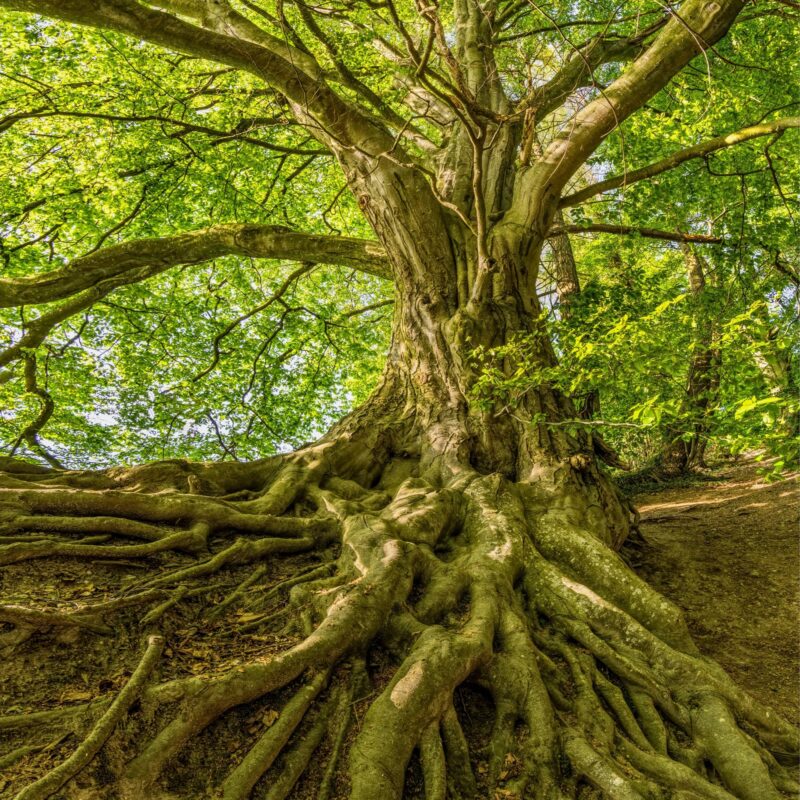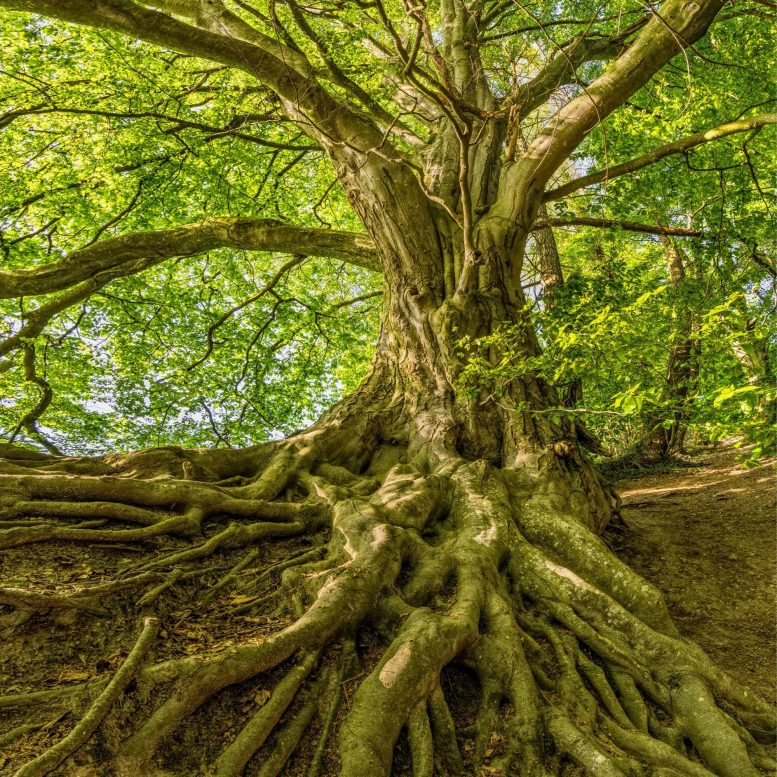Des scientifiques analysant l’un des plus grands ensembles de données génomiques sur les plantes ont découvert comment les premières plantes sur Terre ont développé les mécanismes utilisés pour contrôler l’eau et “respirer” sur la terre il y a des centaines de millions d’années.
L’étude du University of Bristol and University of Essex, published in New Phytologist, has important implications in understanding how plant water transport systems have evolved and how these might adapt in the future in response to climate change.
Over the last 500 million years, the evolution of land plants has supported the diversity of life on an increasingly green planet. Throughout their evolution, plants have acquired adaptations such as leaves and roots, allowing them to control water and colonize land. Some of these ‘tools’ evolved in early land plants and today are found in both tiny mosses and giant trees which form complex forest ecosystems.
Researchers from Essex’s School of Life Sciences and Bristol’s Schools of Biological Sciences and Geographical Sciences first compared the genes of 532 plant species to investigate the role of new and old genes in the genesis of these adaptations. Of these, the team focused on 218 genes which were genes related to major innovations in land plant evolution such as roots and vascular tissues.
They discovered that some early traits essential for land plants, like stomata (pores that plants use to ‘breathe’), are related to the origin of new genes. In contrast, later innovations (e.g. roots, the vascular system) recycle old genes that emerged in the ancestors of land plants and showed that different parts of plant anatomies (stomata, vascular tissue, roots) involved in the transport of water were linked to different methods of gene evolution.
Dr. Jordi Paps, joint lead author and Senior Lecturer from Bristol’s School of Biological Sciences, explained: “Our analyses shed new light on the genetic basis of the greening of the planet, highlighting the different methods of gene evolution in the diversification of the plant kingdom. Historically it has not been clear if evolutionary innovations are driven by the emergence of new genes or by the repurposing of old ones. Our findings tell us how plants have evolved at distinct moments in their history and how different modes of evolution, the origin of new genes, and the recycling of older ones, contributed to the emergence of major innovations key to the greening of the planet.”
Dr. Ulrike Bechtold, joint lead author and Senior Lecturer from Essex’s School of Life Sciences explained that this study “provides insights into the mechanistic changes underpinning water uptake and transport, which are important for plant health and productivity. It allows researchers to select and investigate the function of old, repurposed and new genes in the lab, with the aim to select genes that reduce water use and improve drought resilience in crop plants.”
Dr. Alexander Bowles from Bristol’s School of Geographical Sciences, one of the study’s co-authors, added: “As well as helping us make sense of the past, this work is important for the future. By understanding how water transport systems have evolved, we can begin to understand the limiting factors for plant growth. This has particular importance when considering the growth of crops as well as their resilience to drought.”
Reference: “Water-related innovations in land plants evolved by different patterns of gene cooption and novelty” by Alexander M. C. Bowles, Jordi Paps and Ulrike Bechtold, 20 January 2022, New Phytologist.
DOI: 10.1111/nph.17981




